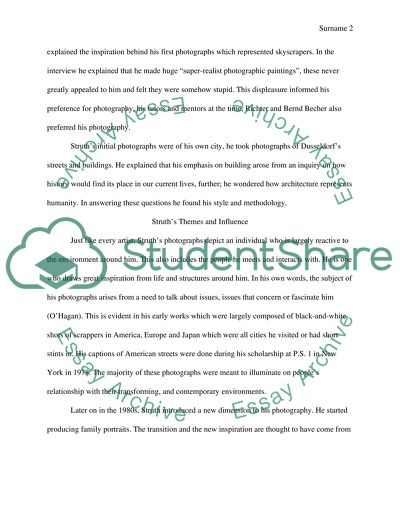Cite this document
(“Struth, Thomas (German), The Smith Family, Fife, Scotland, 1989 Research Paper”, n.d.)
Struth, Thomas (German), The Smith Family, Fife, Scotland, 1989 Research Paper. Retrieved from https://studentshare.org/visual-arts-film-studies/1610596-struth-thomas-german-the-smith-family-fife-scotland-1989
Struth, Thomas (German), The Smith Family, Fife, Scotland, 1989 Research Paper. Retrieved from https://studentshare.org/visual-arts-film-studies/1610596-struth-thomas-german-the-smith-family-fife-scotland-1989
(Struth, Thomas (German), The Smith Family, Fife, Scotland, 1989 Research Paper)
Struth, Thomas (German), The Smith Family, Fife, Scotland, 1989 Research Paper. https://studentshare.org/visual-arts-film-studies/1610596-struth-thomas-german-the-smith-family-fife-scotland-1989.
Struth, Thomas (German), The Smith Family, Fife, Scotland, 1989 Research Paper. https://studentshare.org/visual-arts-film-studies/1610596-struth-thomas-german-the-smith-family-fife-scotland-1989.
“Struth, Thomas (German), The Smith Family, Fife, Scotland, 1989 Research Paper”, n.d. https://studentshare.org/visual-arts-film-studies/1610596-struth-thomas-german-the-smith-family-fife-scotland-1989.


